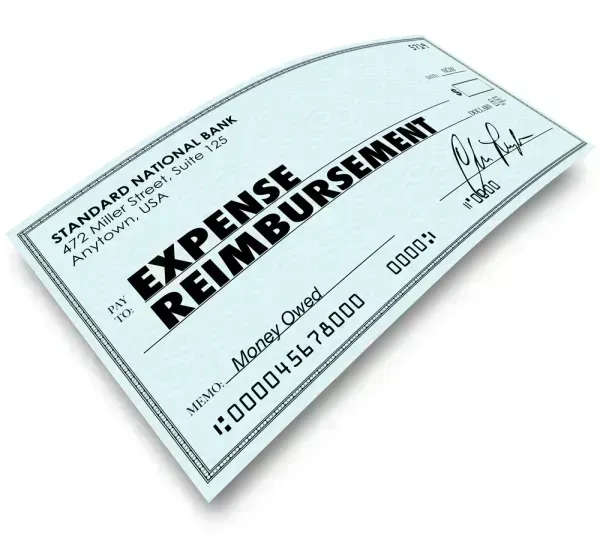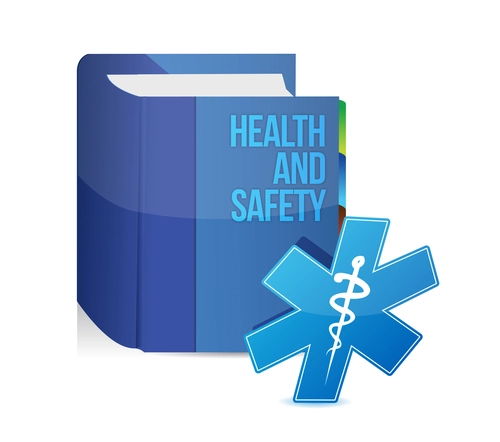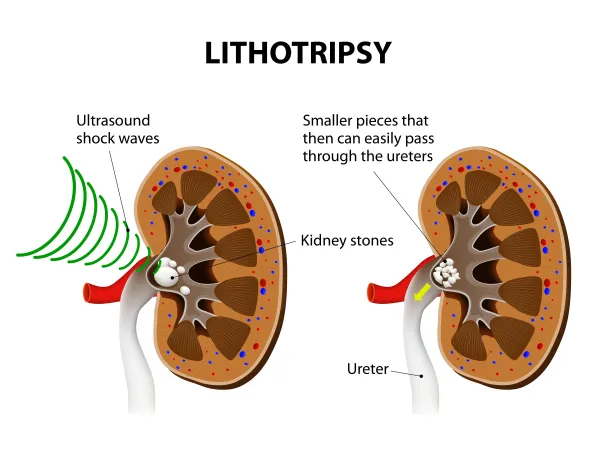Prepare Now for Fee Schedule Changes Will Affect Your Practice

Here’s the latest on what to expect in 2020. There’s a lot to interest urology coders in the 2020 Physician Fee Schedule (PFS) final rule, which the Centers for Medicare and Medicaid Services (CMS) published on Nov. 1, 2019. CMS is rolling out a new form of care management, principal care management (PCM) in 2020, while the E/M revisions for 2021 are finally starting to take shape. Want to stay on top of all these developments? Although urologists might not report some of these E/M codes as often as general medicine physicians or internists, it’s still a good idea to be aware of the pending changes. Prep for a Small Boost in Pay No matter what you feel about all the changes that are coming, you can be happy knowing your bottom line will increase a small amount in the New Year. That’s because CMS has increased the PFS conversion factor by about a nickel or 0.17%, setting it at $36.0896 for 2020. Learn About Principal Care Management One change that could concern you immediately involves the creation of PCM, which will begin on Jan. 1, 2020. PCM describes care management services for one serious chronic condition, which you will be able to document using HCPCS codes G2064 (Comprehensive care management services for a single high-risk disease, e.g., Principal Care Management … physician or other qualified health care professional …) and G2065 (Comprehensive care management services for a single high-risk disease, e.g., Principal Care Management … physician or other qualified health care professional … clinical staff). Coding caution: Depending on the circumstances, your urologist or possibly another specialist overseeing the patient’s care may use the codes, but remember only one provider can bill for a specific condition. Experts have expressed mixed opinions regarding PCM. On the one hand, the code fills “an apparent gap in coding related to care management, in that the existing chronic care management codes require a patient to have two or more chronic conditions, and there is no code for chronic care management of the patient with a single condition,” observes Kent Moore, senior strategist for physician payment at the American Academy of Family Physicians. However, “CMS should have either a definition of what a ‘high-risk disease’ truly is or a list so that practices would really understand when to use this type of code,” points out Donelle Holle, RN, a healthcare, coding, and reimbursement consultant in Fort Wayne, Ind. Further, “CMS would allow these codes to be reported for patients with multiple conditions when a particular physician was managing just one of them, which would move away from the continuous, comprehensive, and coordinated value-based care and primary care CMS has otherwise been encouraging as a cost-effective way to care for Medicaid patients,” believes Moore. And look out for other care management changes: CMS is also going to unbundle transitional care management (TCM) services with a number of other services and add some minor changes to the chronic care management (CCM) guidelines. Count Down to the E/M Overhaul The final rule contained no surprises regarding when the big changes to E/M services will take place. They are still going to happen on Jan. 1, 2021. However, the 2020 final rule did put an end to CMS’s controversial proposal to blend E/M level payments. As it stood, the proposal to merge E/M levels 2-4 for both new and established patients and reimburse them at the same rate “would have caused a real issue with medical care, as why would a physician spend the time it takes to perform a 99214 [Office or other outpatient visit …] when they would be reimbursed the same as a 99212,” notes Holle. “The other fear was that providers would try to reach level 99215 without showing medical necessity due to the payment reform.” But CMS is still going ahead with its decisions to let you use either a revised medical decision making (MDM) or new times to select the level of the outpatient E/M service, to adopt the CPT® interpretive guidelines for MDM, and to delete E/M code 99201. This will “bring Medicare in line with what will be in CPT® in 2021, which should simplify matters for practices as compared to having Medicare-specific rules,” says Moore. No more 99358-+99359: As of January 1, 2021, you will no longer use 99358/+99359 (Prolonged evaluation and management service before and/or after direct patient care …) to report non face-to-face prolonged services, as the codes will be deleted a dramatic change to the way you will report prolonged services. Instead, CMS is introducing a new CPT® code 99XXX (Prolonged office or other outpatient evaluation and management service(s) (beyond the total time of the primary procedure which has been selected using total time), requiring total time with or without direct patient contact beyond the usual service, on the date of the primary service; each 15 minutes (List separately in addition to codes 99205, 99215 for office or other outpatient Evaluation and Management services)). You will use the code “when time is used for code level selection and the time for a level 5 office/outpatient visit (the floor of the level-5 time range) is exceeded by 15 minutes or more on the date of service,” according to CMS. The good news is that “Medicare using CPT® codes is always preferable because practices don’t have to vary their reporting by payer,” notes Moore. So, “there should be no problem with the code being adopted by private payers,” agrees Holle. However, “no longer recognizing 99358/+99359 could be problematic, as it is unclear how these codes as currently described will relate to the revised office/outpatient visit codes when the latter go into effect in 2021,” Moore points out.




